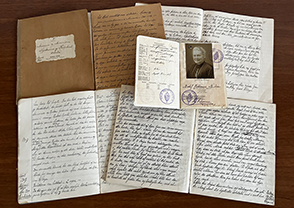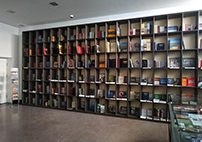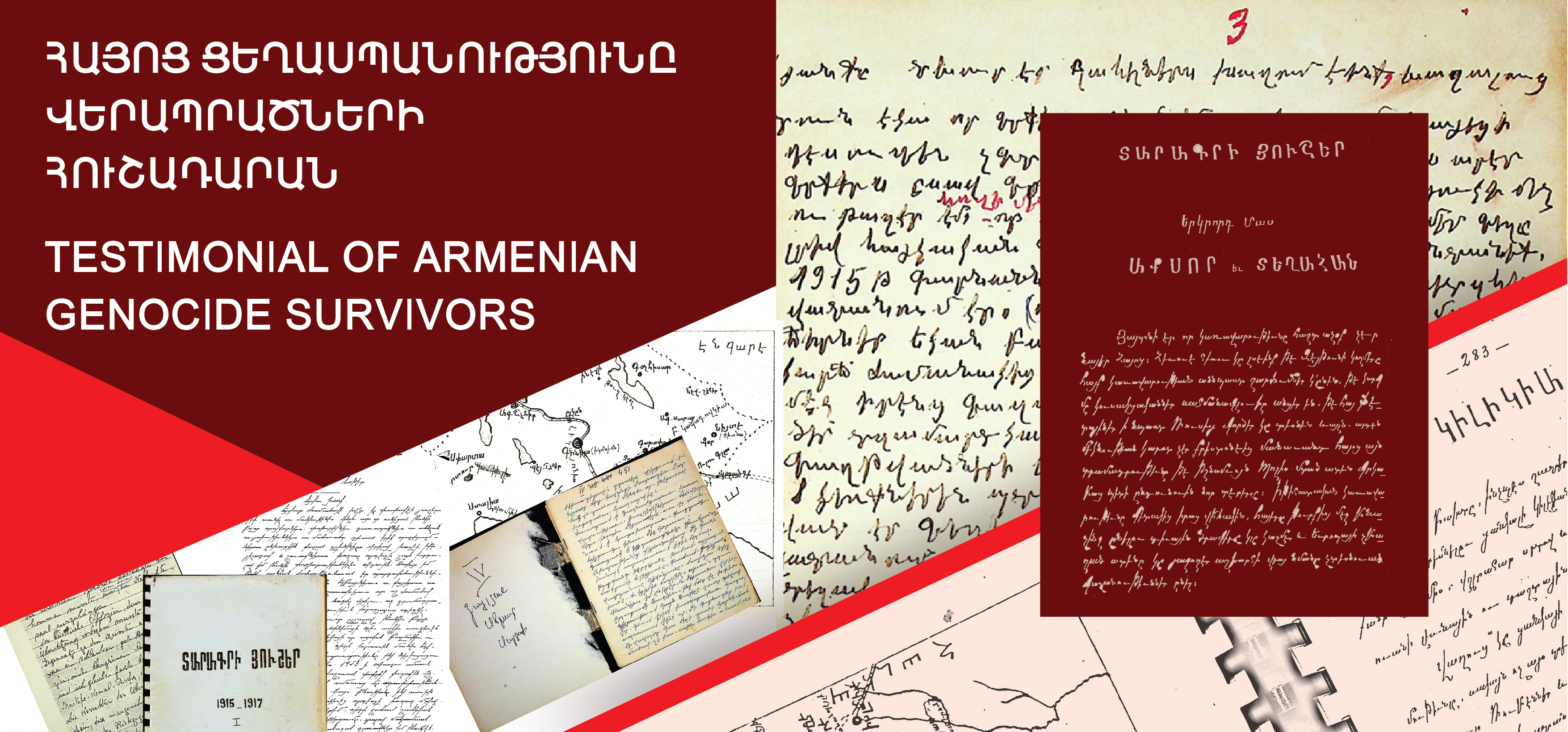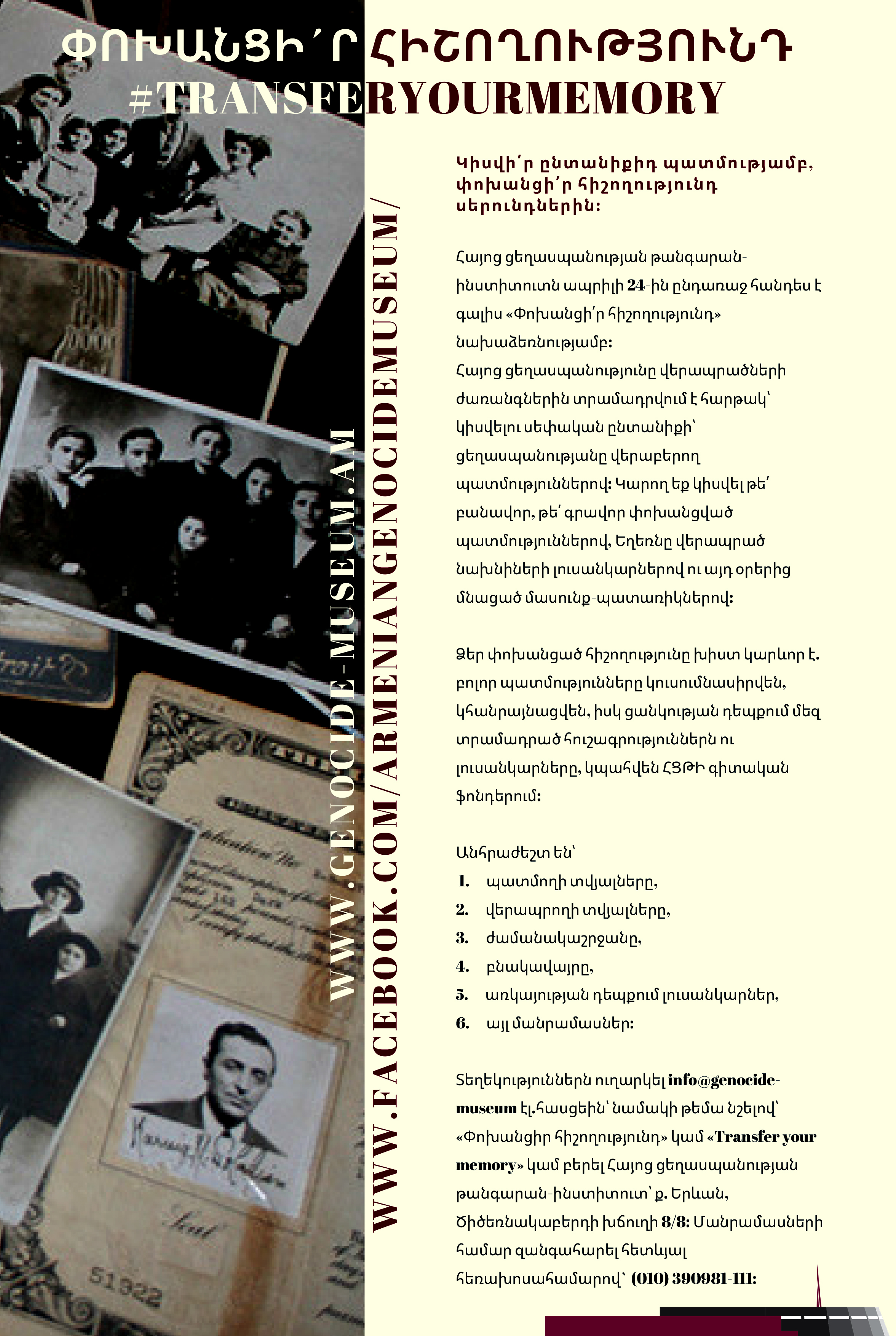News |
The Ministry of Foreign Affairs of Norway has committed to assisting in the translation and publication of handwritten memoirs by Norwegian missionary Bodil Katharine Bjorn, who witnessed the Armenian Genocide
06.07.2024

The Ministry of Foreign Affairs of Norway (the Embassy Tbilisi Small Grants 2024) will fund the translation and publication of approximately 1,000 pages of Bodil Katharine Bjorn's handwritten memoirs and letters. Bjorn, a Norwegian missionary who witnessed the Armenian Genocide, left behind a personal archive that was recently brought to the attention of Norwegian relevant authorities by the Armenian Genocide Museum-Institute (AGMI). The archive, donated by her grandson Jussi Bjorn several years ago, has prompted a collaborative effort between AGMI and the Norwegian side to translate her writings from Norwegian into English and publish them.
The Norwegian Ministry of Foreign Affairs has approved and pledged support for this initiative. This project will assess the historical and cultural significance of Bjorn's memoirs in shedding light on the Armenian Genocide and fostering the enduring friendship between the Armenian and Norwegian peoples.
The Armenian Genocide Museum-Institute expresses its deep appreciation to the Norwegian authorities for their prompt response and generous support.
Bodil Katharine Biørn was born on January 27th of 1871 in Kragerø, Norway.
In 1905, the “Women Missionary Organization” sent Biørn to the Ottoman Empire as a missionary nurse. She was first based in the town of Mezereh in the Kharberd province and later in Mush. During her tenure in the Ottoman Empire, she cooperated with the German missionaries of Hülfsbund in an effort to help the widows and orphans. In 1915, she witnessed the Mush massacres, including the persecution and annihilation of the orphans in her custody and the murder of numerous Armenian priests, teachers and assistants. During the genocide, while many of her colleagues reverted to the role of bystander, Bodil Katharine Biørn became a witness and a messiah; saving the lives of hundreds of homeless Armenian women and children.
Furthermore, Bodil Biørn documented the events she witnessed through her testimonial diary and her photography. Her photographic album consists of various images of the genocide with descriptive comments on the back of each photo print.
Moreover, Biørn adopted a 2 years old Armenian orphan, who survived the genocide and in 1917, she took the boy named Rafael with her to Norway and baptized him as Nansen. Nansen (originally named Rafael) became her only son, as Biørn never got married in her life.
Going back to the Near East, Bodil took care of Armenian orphans in Syria, Lebanon and Constantinople. In 1922, while leaving her son behind at the Beirut French School, Bjorn moved to Soviet Armenia and founded an orphanage named “Lusaghbyur” in Alexandrapole. At the “Lusaghbyur” orphanage, she was known as “Mother Katharine” by the 33 orphans she took care of. Additionally, in 1924, the government of Soviet Armenia closed her small orphanage transferring the orphans to orphanages of Amercom, forcing Biørn to move to Syria and continue her noble work by aiding the Armenian refugees/survivors in Syria and Lebanon. Until 1935 Bodil Biørn worked with the Armenian refugees in Syria and Lebanon.
Last but not least, Bodil Biørn past away in 1960, leaving behind a legacy that will live forever.
|
|
DONATE |

TO KEEP THE MEMORY OF THE ARMENIAN GENOCIDE ALIVE
Special Projects Implemented by the Armenian Genocide Museum-Institute Foundation
|
COPYRIGHT |

|
AGMI BOOKSTORE |

The Armenian Genocide Museum-Institute’s “World of Books”
|
TESTIMONIAL OF ARMENIAN GENOCIDE SURVIVORS |

THE AGMI COLLECTION OF UNPUBLISHED MEMOIRS
|
ONLINE EXHIBITION |

SELF-DEFENSE IN CILICIA DURING THE ARMENIAN GENOCIDE
DEDICATED TO THE CENTENNIAL OF THE SELF-DEFENSE BATTLES OF MARASH, HADJIN, AINTAB
|
LEMKIN SCHOLARSHIP |

AGMI ANNOUNCES 2024
LEMKIN SCHOLARSHIP FOR FOREIGN STUDENTS
|
TRANSFER YOUR MEMORY |

Share your family story,
Transfer your memory to generations.
On the eve of April 24, the Armenian Genocide Museum-Institute undertakes an initiative “transfer your memory”.
|
|





